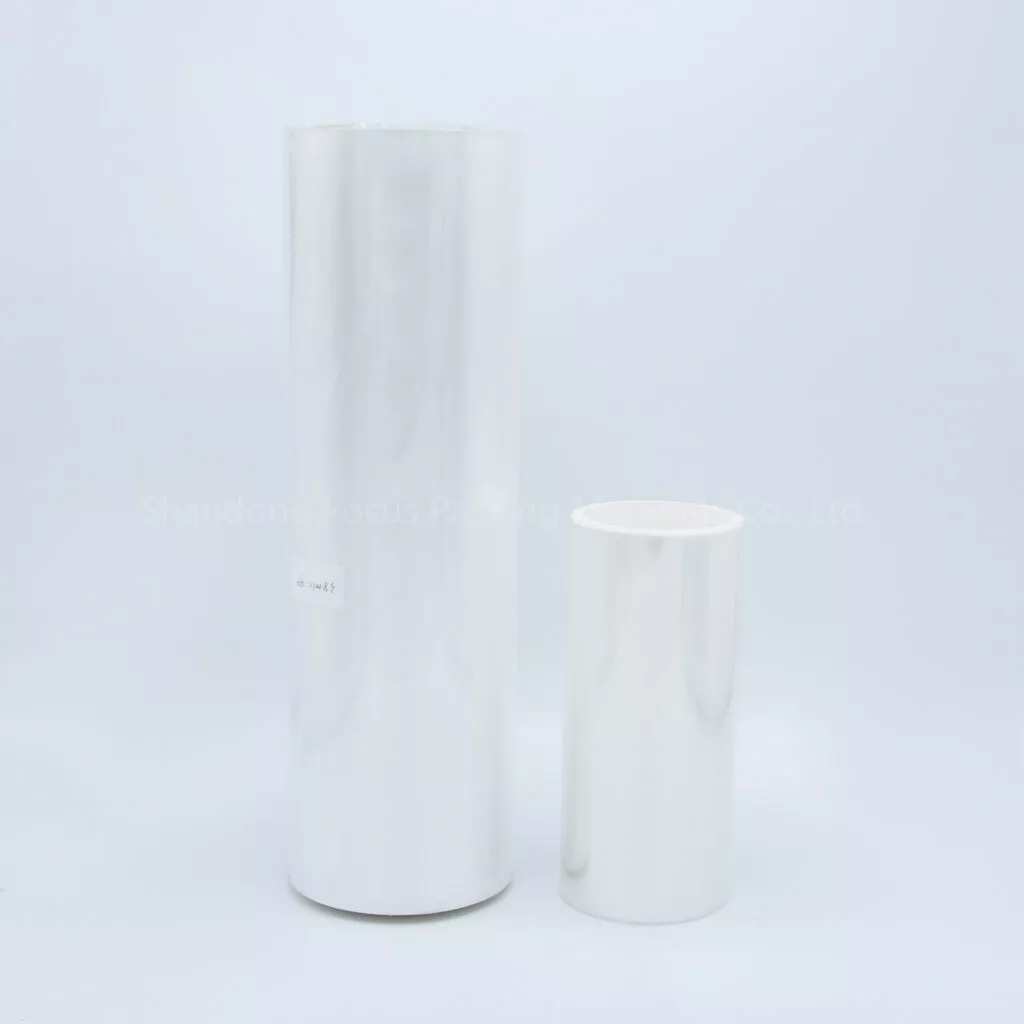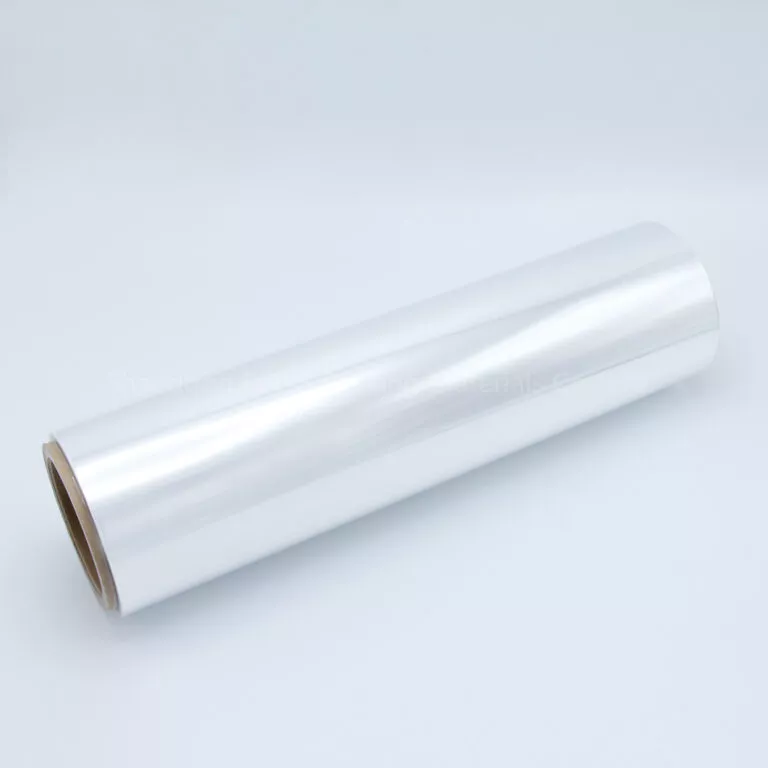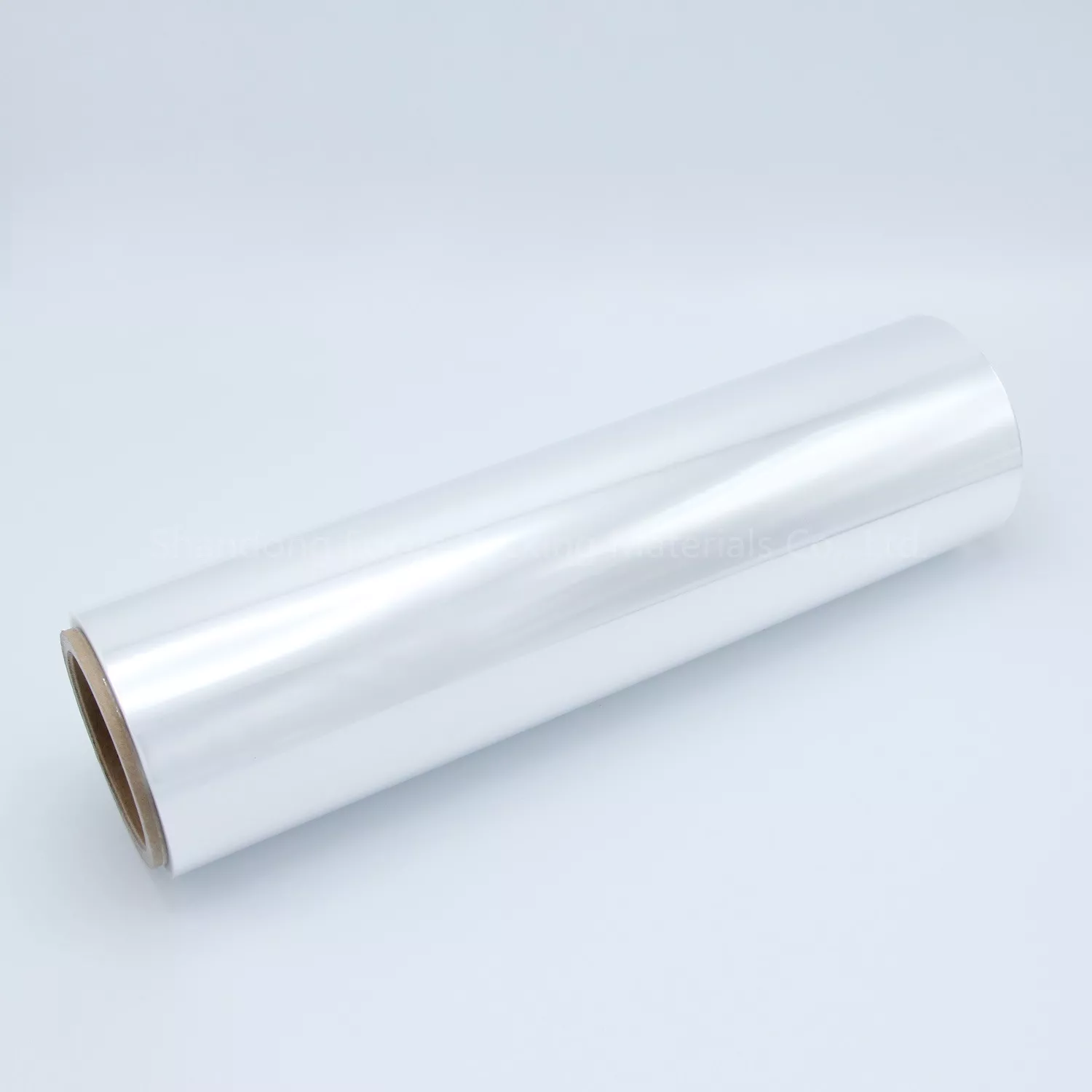- Extrusion temperature of extruder
Different plastic resins should be extruded at different temperatures, and the heating temperature directly affects the quality of the coating material, especially the mold temperature. Low temperature causes poor plasticization, resulting in a decrease in product transparency and surface gloss; Even defective products such as fish eye blisters and shark skin may appear; Poor composite fastness. If the temperature is too high, the plastic is prone to decomposition, the product becomes brittle and the shrinkage rate of the extruded film increases, and the heat sealing performance deteriorates. - Melt flow rate and density of resin
Melt flow rate refers to an indicator of resin fluidity. The melt flow rate is the mass (g) of resin melt passing through a standard capillary tube for 10 minutes at a certain temperature and pressure. The unit of the melt flow rate is g/10min. The higher the melt flow rate of the resin, the better the fluidity, the lower the viscosity of the molten film, and the greater the adhesive force. In addition, the resin has a low density, high branched chain content, easy surface activation, and poor adhesion. - Air gap
The air gap refers to the distance between the contact line between the mold lip and the two composite rollers. The large air gap causes significant heat loss in the hot film, and at low temperatures in contact with the substrate, the coating fastness is poor. Generally, the air gap distance is controlled between 50-150m. Additionally, the air gap distance is large. - Cooling steel roller temperature
The surface temperature of the cooling steel roller is low, the cooling is accelerated, the transparency of the coating layer increases, but the composite strength decreases; The surface temperature of the cooling steel roller is high, the cooling is slow, and the openness deteriorates. Generally, the surface temperature of the cooling steel roller should not exceed 60 ℃, and it is best to control it at around 30 ℃. In addition, it is best for the hot melt film blank to first contact the substrate, which will help improve the composite strength - Double sided printing substrate
Double sided printing substrate with one-time composite treatment. When encountering substrates with double-sided gravure printing patterns, disposable composite products need to be made. Electric eye tracking devices should be installed on both sides of the composite device to control the surface tension of the unwinding substrate and adjust the synchronous composite of the left and right substrates. Alternatively, the following simple method can also be used
(1) Adjust the extrusion temperature on both sides of the die to ensure that the flow rate of the extruded hot melt film blank is the same.
(2) Apply adhesive paper to the color printing film on both sides of the flat and aligned sides, and stick it on the substrate in the middle of the dual-mode head.
(3) Install a handwheel with a diameter of about 350m on one end of the film roll core shaft of the color film unwinding device facing upwards.
(4) Install an incandescent light bulb or fluorescent tube outside the guide roller, and reflect the color film label on the bottom.
(5) An operator uses the hand wheel on the unwinding core shaft to adjust the surface tension of the substrate facing upwards to achieve alignment of the patterns on both sides. The above operation may result in errors in double-sided printing patterns, which can be used for products with large length and good transparency.








